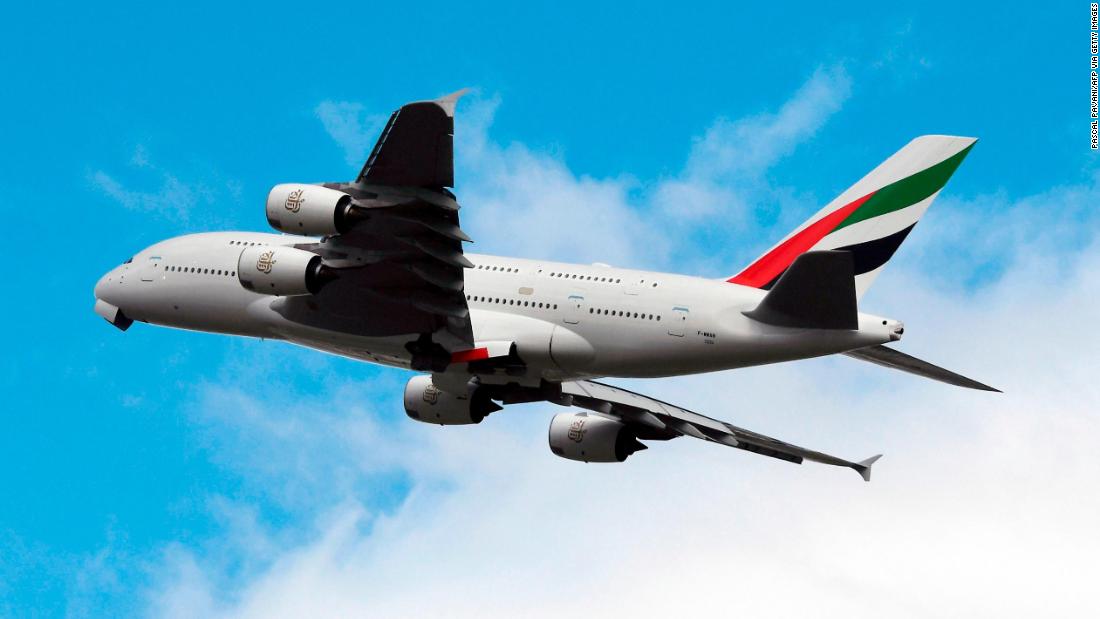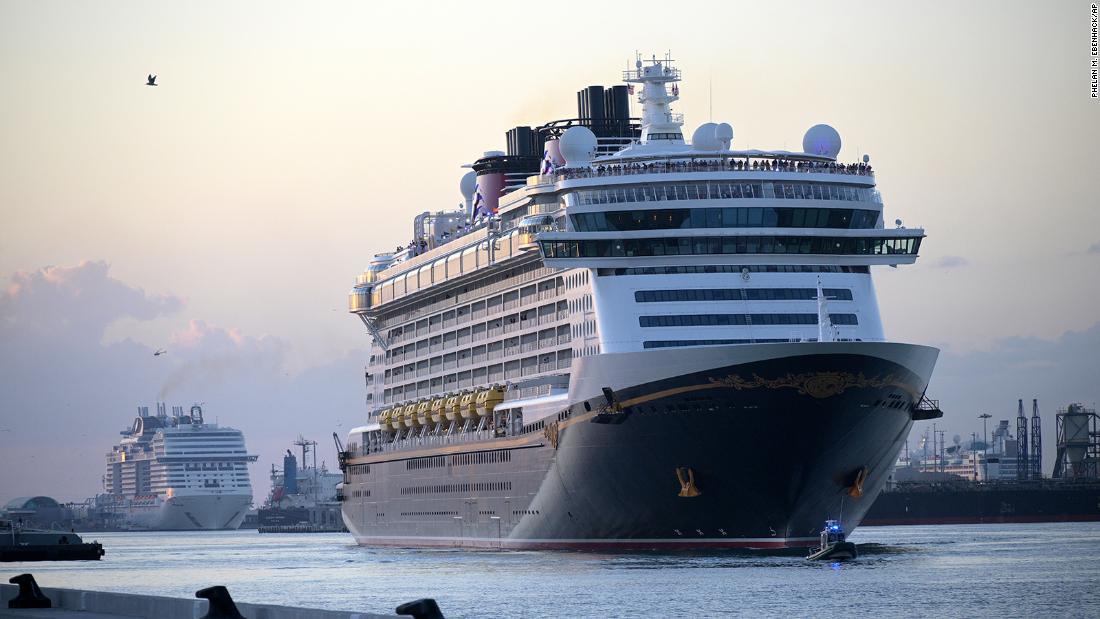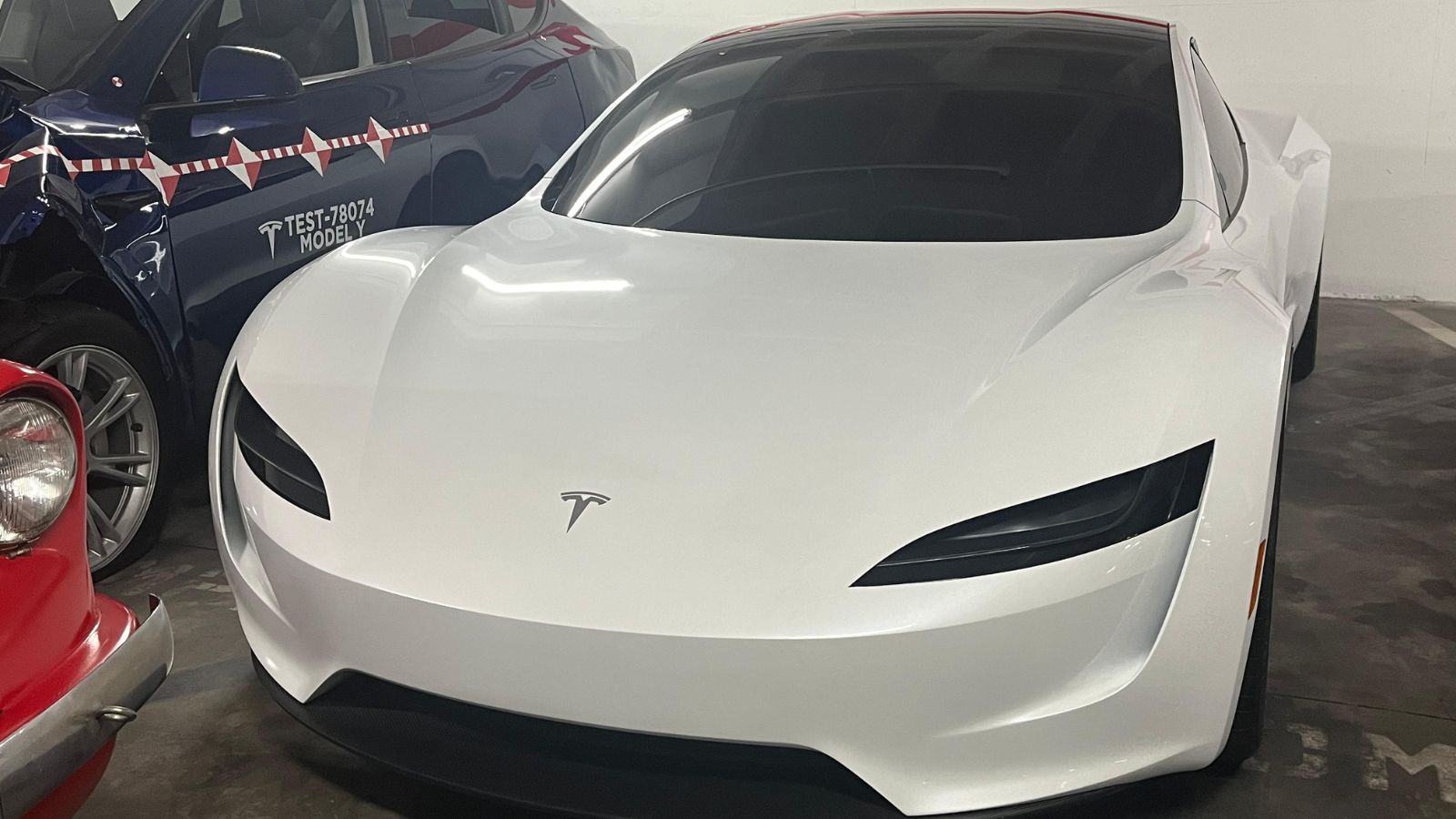Editor’s Note — Monthly Ticket is a new CNN Travel series that spotlights some of the most fascinating topics in the travel world. In May, we’re riding the rails as we explore the world’s greatest train journeys. Whether you’re looking for travel inspiration or insider knowledge, Monthly Ticket will take you there.
(CNN) — Faster, cleaner, greener and packed with advanced technology; rail is the only transport mode currently well placed to provide the backbone of our future mobility needs.
But, while a few niche projects promise ultra high-speed travel, much of the industry is focused on keeping the world’s increasingly urbanized population moving while simultaneously limiting the effects of climate change.
And then there’s the pandemic.
Like many other sectors of the travel industry, train operators across the globe have experienced one of their toughest-ever periods over the last two years.
Passenger numbers collapsed overnight in 2020 as lockdowns prevented commuters and leisure travelers from leaving home.
Two years on, Monday to Friday commuting looks to be a thing of the past as many of us choose to work from home or spend just a couple of days a week in the office.
This poses a huge threat to the world’s rail companies, which have relied on this lucrative, predictable source of revenue for since the mid-19th century.
All of this makes it seem an unlikely time to be talking about a “golden era” for rail travel.
But, as we approach the 200th anniversary of the first passenger railway in 2025, it’s become more important than ever for trains to deliver sustainable mobility in a world facing the challenges of climate change, increasing urbanization and population growth.
Named after Queen Elizabeth II, Crossrail opened up in London on May 24 as The Elizabeth line. It connects East and West London like never before.
According to a 2019 report by engineering consultant Arup, the global population is expected to reach around 9.5 billion by 2050, 75% of whom will live in cities.
The company estimates that the global urban population is growing at two people per second, creating 172,800 new city-dwellers every day. While populations decline in some regions of the world, such as parts of Europe and Japan, an estimated 90% of population growth is expected to occur in the cities and megacities of the developing world.
To keep these fast-growing cities, regions and megacities moving, efficient public transport is not just desirable, but imperative.
Cars, electric or otherwise, cannot absorb an increase of this magnitude and rail transport — trains, trams and metros — will have to do most of the heavy lifting top prevent our cities, and national economies, from seizing up.
Bullet trains: How fast can they possibly get?
A train attendant poses beside an “intelligent” Fuxing bullet train on January 6, 2022 in China.
Shi Jiamin/VCG via Getty Images
High-speed railways have a huge role to play in all of this.
Sleek new “bullet trains” grab headlines as the network of lines across Europe and Asia continues to grow, with new lines planned or underway in countries such as France, Germany, Spain, India, Japan and, on a much bigger scale, in China, where the high-speed network will reach 50,000 kilometers by 2025.
When its High Speed 2 (HS2) route — controversial because of budget overspends and route through sensitive landscapes — is complete in the early-2030s, England will have the world’s fastest conventional trains, operating in regular service at 225 mph, but capable of 250mph (400kph).
Blending Japanese “bullet train” technology with British design, HS2’s $2.5 billion fleet will revolutionize inter-city travel between London and England’s Midlands and northern cities. Transferring long-distance traffic to HS2 will also release much-needed capacity on existing railways to carry more local passengers and freight.

A maglev train conducts a test run on December 3, 2021 in Tsuru, Japan.
Carl Court/Getty Images
Nevertheless, over several decades of operation, countries such as France, Japan and China have concluded that the benefits of operating high-speed trains above 200mph are outweighed by the much higher maintenance and energy costs they incur.
Now, the established high-speed heavyweights in Japan and China are looking beyond “steel-on-steel” technology to develop trains capable of up to 373mph (600kph).
The concept of superfast trains propelled along dedicated tracks using magnetic levitation (maglev) has been touted as “the future of travel” for more than 50 years, but apart from a couple of experimental lines and a Chinese route linking Shanghai city center with its airport, it has remained largely theoretical.
Not for much longer. Japan is investing nine trillion yen ($72 billion) in the Chuo Shinkansen project; the culmination of more than 40 years of maglev development. The 178-mile line will link Tokyo and Nagoya in just 40 minutes and should eventually extend to Osaka, reducing the 311-mile journey from the capital to just 67 minutes.
Construction started in 2014 and was originally expected to complete by 2027 (with Nagoya-Osaka to follow a decade later), but problems in obtaining permission for a section of the line means that the opening date is currently unknown.
Delays and enormous cost increases have led many to question to economic value of the project — factors that have not gone unnoticed elsewhere in the world.
Japan’s first bullet train left Tokyo in 1964 running an average of 80 mph. High speed lines now run all over the world and the newest ones are pushing 370 mph.
China’s plan is to create “three-hour transportation circles” around its major cities, developing groups of cities into economic powerhouses.
In the south of the world’s most populous country, the Pearl River Delta region encompassing Hong Kong, Guangzhou and Shenzhen is already home to more than 120 million people.
Chinese planners hope to merge nine cities in the region to create a 26,000 square kilometer urban sprawl 26 times larger than Greater London.
Around $240 billion will be spent integrating transport, energy, water and telecommunications networks, including the development of new high-speed underground metros traveling at up to 160kph (100mph) and dozens more metro, tram and train routes.
Maglev routes are envisaged for the Shanghai-Hangzhou and Chengdu-Chongqing routes, with many others likely if they prove successful.
The 270-mile railway between Lhasa and Nyingchi entered into service on June 25, giving all regions in mainland China access to high-speed train travel.
But those hoping the technology will make its way beyond Japan and China are likely out of luck. Elsewhere in the world, the enormous cost and lack of integration with existing railways may count against the further spread of maglev technology.
While metros, trams and other urban railways aren’t as “sexy” as their speedier cousins, there’s no question that they make a much greater contribution to national economies and the life of our cities.
Already struggling with congestion and pollution in its densely packed cities, China opened 29 new metro lines in December 2021 alone, totaling 582 kilometers.
Many other countries with growing cities will need to follow suit soon if they are not to be overwhelmed.
However, to meet that expectation the rail industry, supported by politicians, will need to move rapidly on several fronts to deliver vastly increased capacity, greater efficiency, reliability and accessibility.
Driverless trains: Coming to a track near you?
To that end, many countries are investing heavily in autonomous trains and they look likely to become a common sight during the 2020s.
Automatic operation has been around for many decades — London Underground’s Victoria Line has been partially operated in this way since it opened in 1967 — but usually limited to self-contained lines with identical trains running at set intervals.
China has led the way on driverless railways in recent years, including introducing the world’s only high-speed autonomous trains, which run at up to 186mph (300kph) between Beijing and the 2022 Winter Olympics venues.
Japan is also experimenting with “bullet trains” that can drive themselves from terminals to depots for servicing, freeing up human drivers to run more revenue-earning trains.
However running driverless trains on self-contained lines is one thing. Making them operate safely on traditional mixed-use railways, where passenger and freight trains with very different characteristics, speeds and weights mingle, is much more complicated.
Big Data and the so-called Internet of Things will allow transport modes to communicate with each other and with the wider environment, paving the way for more integrated, intermodal journeys. Intelligent robots will play a greater role in the inspection of infrastructure such as tunnels and bridges, and in the efficient maintenance of aging structures.
Replacing diesel engines, decreasing footprints
Despite its proven green credentials when compared with aviation, rail still has a long way to go in reducing its own carbon emissions and pollution from diesel engines. In line with United Nations climate change targets, many countries have committed to eliminating diesel trains by 2050 or even sooner.
In Europe and many parts of Asia, most of the busiest lines are already electrified but the situation is patchy, ranging from almost 100% electric operation in Switzerland to less than 50% in the UK and almost zero in some developing countries.
In North America, diesel reigns supreme — especially on the dominant freight railroads — and there’s little appetite for electrification of the kind seen in Europe and Asia.
Battery technology looks set to play a big part in eliminating “dirty diesels,” both for heavy freight haulage and quieter passenger routes where full electrification cannot be justified. Numerous battery-powered prototypes are currently being tested or in development and as the technology develops, rail’s reliance on diesel should start to diminish before the end of this decade.

This photograph taken on September 6, 2021 shows Alstom’s Coradia iLint train, the first in the world to be powered by hydrogen.
Francois Lo Presti/AFP/Getty Images
For others though, hydrogen is the big hope for decarbonizing rail vehicles. Green hydrogen, created in dedicated plants using renewable electricity sources, can be deployed to power fuel cells that drive electric motors.
French train builder Alstom is leading the way with its Coradia iLint hydrogen-electric train, which carried its first passengers in 2018, paving the way for production versions now being built for several European countries.
Railways across the world also face disruption from natural elements.
Many railways in low-lying and coastal areas are at risk from rising sea levels and more extreme weather events that threaten to wash away existing infrastructure.
Away from the coast, stronger winds, heavier pulses of rain and extremes of temperature are causing flash floods, landslips and equipment failures that disrupt travelers and cost millions of dollars to repair every year.
New and rebuilt railways are increasingly being designed with a changing climate in mind, with enhanced drainage, environmental protection and the restoration of natural landscapes playing their part in making railways safer and more reliable.
Meanwhile, awareness of the environmental damage caused by air travel has already led to a renaissance for overnight rail travel in Europe.
This movement continues to gather momentum with several new routes planned for 2022/23 and new private operators planning to enter the market.
Looking ahead to the decades to come
Not content with investing billions in new trains, tracks and technology to improve services, there’s a growing feeling across the industry that fresh thinking is needed to avoid the old mistake of “fighting the last war but one.”
Currently, despite the best efforts of some operators, the overall experience is inconsistent.
However, digital technology will also play an increasingly important role here, from booking tickets to finding your seats and planning the entire journey from door-to-door.
“There is no doubt that climate-positive travel is the future, and I’m excited for the role travel tech companies will play in driving this shift,” says Naren Shaam, CEO and founder of Berlin-based travel provider Omio.
“Consumers will travel more than ever — we have seen an 150% increase in bookings since January 2022 — and we need to empower them with digital services that ensure they can travel longer distances and cross borders by train seamlessly.
“In fact, the pandemic accelerated this trend, and we have seen a sustained shift from train ticket booking at kiosks to mobile bookings.”
Within the next five years, online platforms such as Omio and Rome2Rio will allow travelers to enter their start and end locations, and the platforms will automatically plot the fastest, more affordable and most sustainable way for them to reach their destination — combining modes of transport and providers where needed. One click will then allow them to buy a single ticket for that entire journey.
Shaam adds: “We won’t even be able to imagine what travel looks like in 30 years; for instance, there will be no need for apps, no tickets, instead digital mechanisms will understand and charge you automatically per journey — the ultimate seamless experience!”
Predictions should always be treated with caution, but we can be confident that the impulse to travel will remain, despite the recent upheaval across the world and the immediate need to address climate change.
By 2050, passenger and freight rail will form the backbone of our transport networks, with inter-city routes between multimodal hubs feeding into local networks.
With the necessary political and technical support, rail will also play a greater role in international travel, providing a high-quality alternative to road and short-haul air travel.
For the foreseeable future, investment around the world will still largely be based around conventional steel-on-steel railways. There’s no reason to doubt that this will continue to the define future of rail travel in coming decades — just as it has done for almost 200 years.
Top image: A Fuxing bullet train drives on the Lhasa-Nyingchi railway in Nyingchi, southwest China’s Tibet Autonomous Region on June 16, 2021. Credit: Chogo/Xinhua via Getty Images







